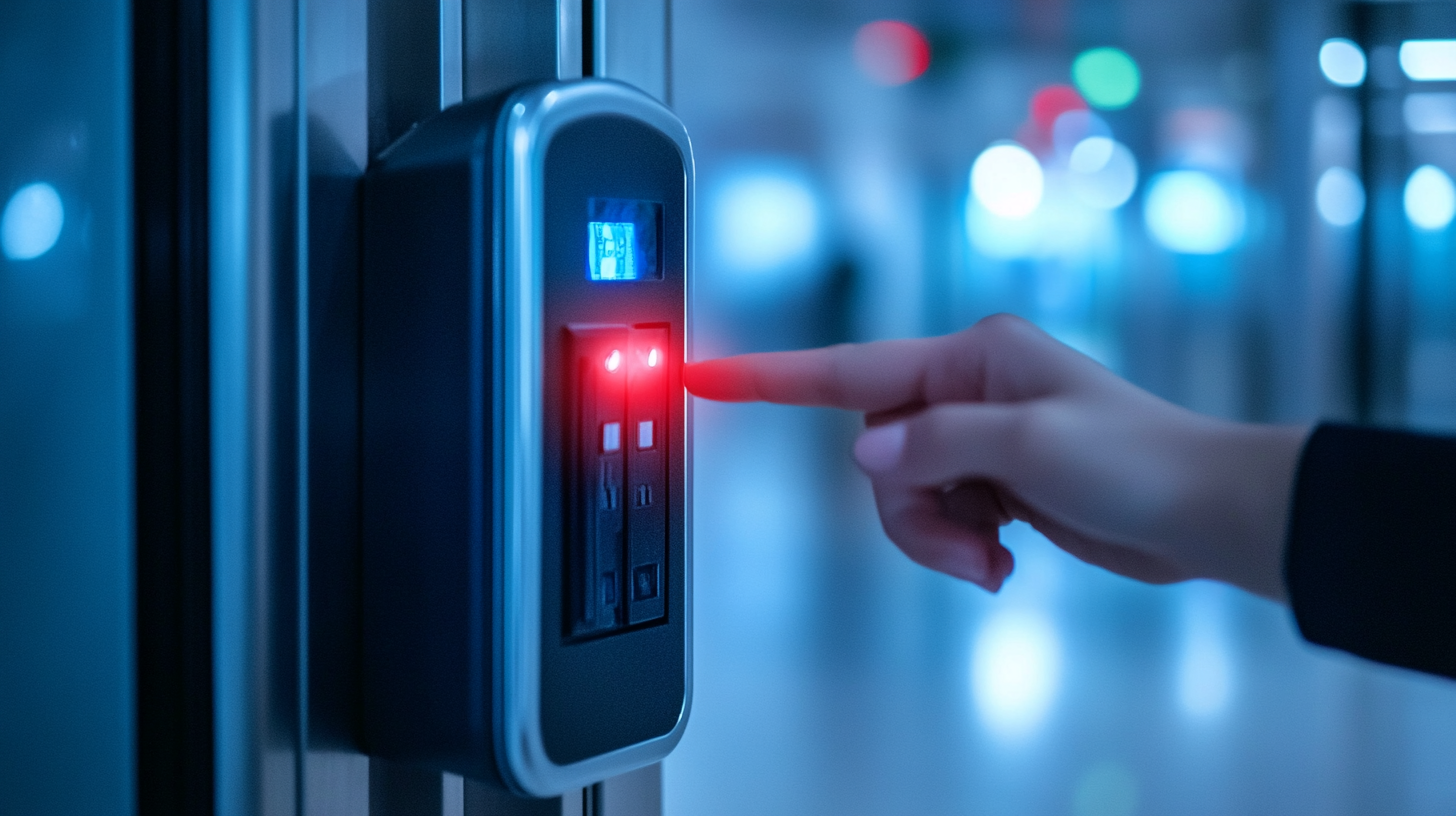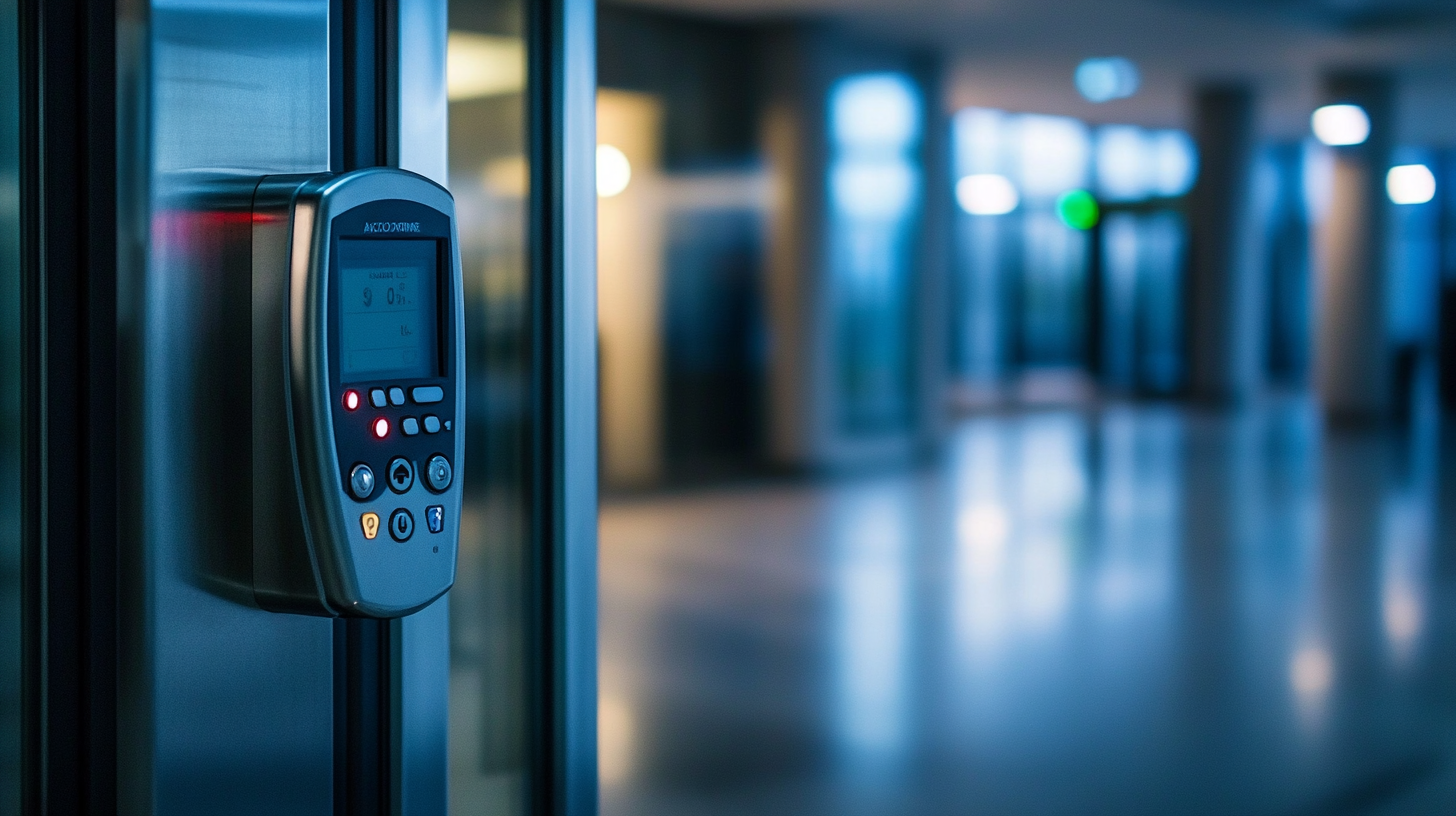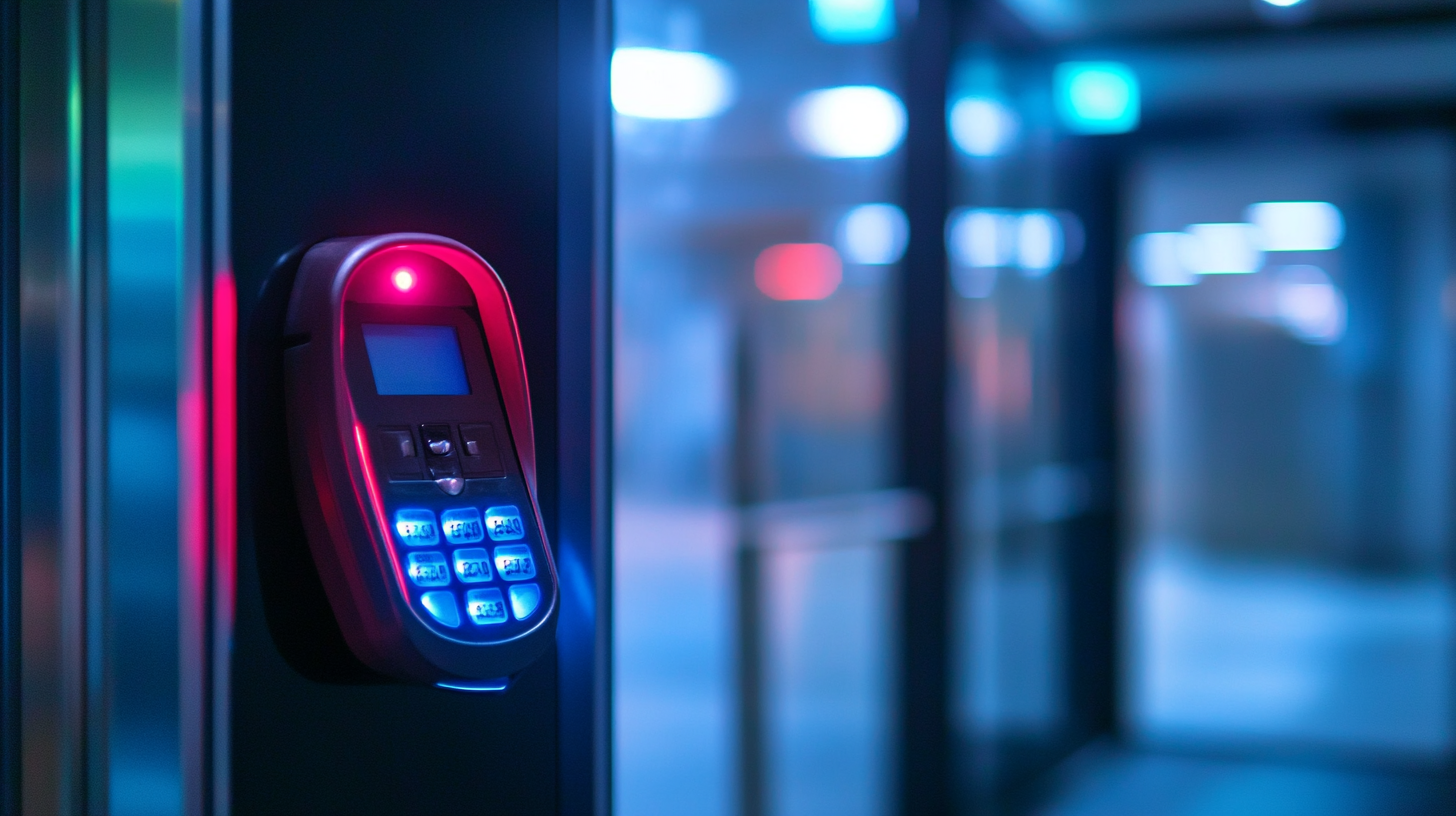Blog
Navigating Challenges in Choosing the Right Card Access Control Systems for Your Business
In today's rapidly evolving security landscape, the significance of selecting the right Card Access Control Systems for businesses cannot be overstated. According to a recent report by MarketsandMarkets, the global access control market is projected to grow from $9.3 billion in 2021 to $15.2 billion by 2026, reflecting an appreciable compound annual growth rate (CAGR) of 10.3%. This growth is driven by an increasing need for security solutions that simultaneously enhance operational efficiency and mitigate risks associated with unauthorized access. As organizations navigate a myriad of options in systems, features, and integration capabilities, the complexities of evaluating technical specifications become pivotal. This blog will explore the challenges businesses face in making informed decisions regarding Card Access Control Systems, shedding light on critical factors that influence their choice and implementation.

Identifying the Key Features of Effective Card Access Control Systems
When it comes to choosing effective card access control systems for your business, identifying the key features is essential. A robust system should include advanced encryption technology to protect sensitive data and ensure that access credentials are not easily compromised. Look for systems that provide real-time monitoring and reporting, allowing you to track who enters or exits your premises and when. This feature enhances security and helps maintain an accurate record for auditing purposes.
Another crucial aspect to consider is the scalability of the card access control system. Your business may expand or change over time, so it’s important to choose a system that can grow with your needs. This includes the ability to add new access points or integrate with other security systems such as video surveillance and alarm systems. Flexibility in user management should also be a priority, allowing you to effortlessly add or remove users as needed.
Tips: Ensure that the system you choose is user-friendly, providing both employees and administrators with an intuitive interface. Additionally, consider systems that offer mobile access for convenience and quick updates. Regularly review and update access rights to adapt to changes in staff roles or employment status to maintain security integrity.
Evaluating Industry-Specific Applications of Access Control Technologies
When selecting the right card access control systems for your business, it’s crucial to evaluate the specific applications relevant to your industry. According to a recent report by MarketsandMarkets, the global access control market is projected to reach $10.2 billion by 2025, highlighting the growing importance of personalized and scalable security solutions across various sectors. Different industries have distinct requirements; for instance, healthcare facilities need solutions that comply with HIPAA regulations while managing sensitive patient information, necessitating robust access controls that include real-time monitoring and audit trails.
In retail, studies from Grand View Research indicate that electronic access control systems can reduce inventory theft by up to 80%. This statistic emphasizes the necessity for retailers to adopt advanced card access technologies that not only secure their premises but also provide insights into employee movement and operations. By understanding these industry-specific applications, businesses can better navigate the complexities of choosing a card access control system that not only protects their assets but also enhances overall operational efficiencies.

Step-by-Step Guide to Implementing Card Access Control in Your Business
Implementing a card access control system in your business requires a strategic approach to ensure security and ease of use. First, evaluate your organization's specific needs and the potential risks associated with unauthorized access. According to recent industry reports, businesses that invest in robust identity and access management (IAM) frameworks can reduce security breaches by up to 60%. This highlights the importance of choosing a system that not only meets current needs but is also adaptable to future threats.

Once you decide on a system, a step-by-step implementation plan is crucial. Begin by conducting a site assessment to identify entry points that require access control. In tandem, consider integrating strong user authentication methods, such as biometric verifications or advanced multi-factor authentication. As noted in the latest cloud security best practices, proactive measures are essential; the average cost of a data breach was reported to be $4.88 million in 2024, underscoring the financial impact of security lapses. By following these guidelines and leveraging industry standards, businesses can create a secure environment that safeguards both employees and valuable assets.
Common Challenges and Solutions When Installing Access Control Systems
Choosing the right card access control system for your business can present several challenges. One common issue is the integration of the new system with existing infrastructure. Businesses often find it difficult to ensure that the access control technology works seamlessly with current security features and protocols. This necessitates a thorough analysis of existing systems to identify compatibility or areas that may require upgrades.
Another challenge lies in scalability and future-proofing your access control solution. As businesses grow, their security needs evolve, resulting in the need for a system that can adapt or expand accordingly. For instance, with the German access control market anticipated to exceed $0.86 billion by 2033, companies must consider solutions that offer flexibility and can integrate emerging technologies. Collaborating with knowledgeable security consultants can provide insights into selecting a system that balances current demands with future growth, ensuring a robust and scalable solution.
Navigating Challenges in Choosing the Right Card Access Control Systems for Your Business
| Challenge | Description | Potential Solution | Considerations |
|---|---|---|---|
| Integration with Existing Systems | Difficulty in integrating the new access control system with legacy systems. | Choose a system that offers flexible API integration options. | Evaluate current systems and check compatibility before purchase. |
| User Training | Employees may struggle to adapt to the new technology. | Provide comprehensive training sessions for all staff. | Consider ongoing support and refresher training. |
| Cost Management | Installation and maintenance costs can be high. | Create a budget that includes initial and ongoing costs; look for scalable solutions. | Assess various options to find a cost-effective solution. |
| Data Security | Concerns about data breaches and unauthorized access. | Implement encryption and regular security audits. | Stay updated on the latest security threats and countermeasures. |
| Scalability | Systems may not scale well with business growth. | Choose systems that support additional users and features. | Plan for future expansion during initial selection. |
Best Practices for Maintaining and Upgrading Your Card Access Control System
When maintaining and upgrading your card access control system, it’s essential to adopt best practices that ensure not only security but also operational efficiency. According to a report by MarketsandMarkets, the global market for access control systems is projected to reach $10.5 billion by 2025, driven by the increasing demand for security in various sectors. Regular audits of your system can help identify potential vulnerabilities, ensuring that your security measures are up to date and mitigating the risk of unauthorized access.
Upgrading your system is not just about the hardware; it’s also crucial to keep the software updated. Research from IHS Markit indicates that organizations can significantly reduce security incidents by applying timely software patches and updates. Additionally, training your staff on the new features and best practices of the access control system can enhance its effectiveness. Frequent reviews of user access rights and implementing two-factor authentication are also recommended to strengthen your control measures. By prioritizing these practices, businesses can effectively navigate the complexities of maintaining an efficient and secure card access control system.
